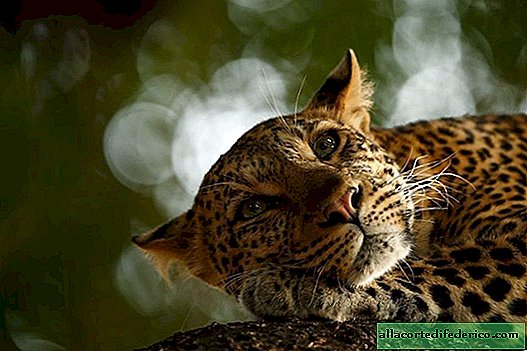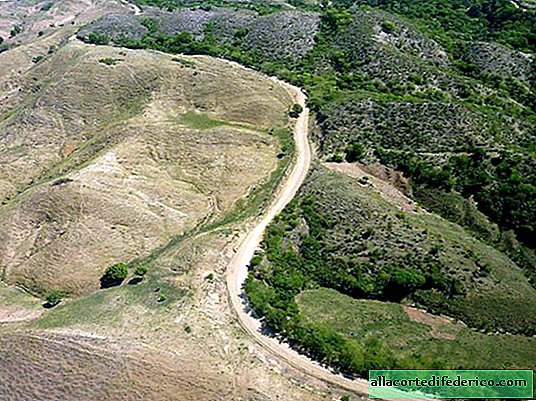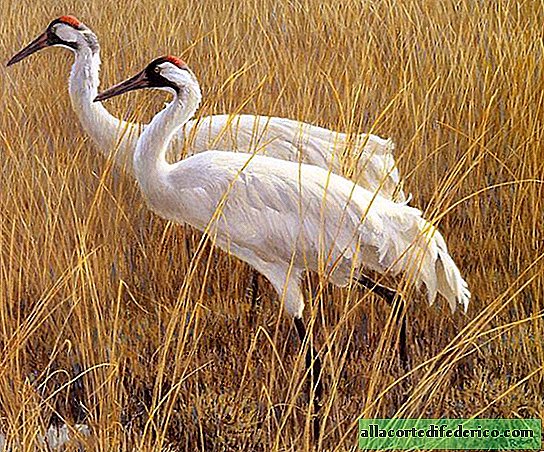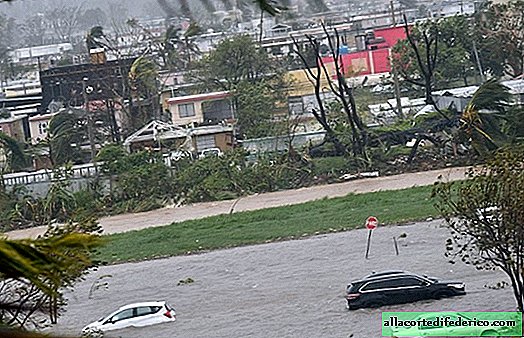Without a leash and treats: is a real friendship between a wild gorilla and a man possible
Gorillas, living exclusively in the jungles of the African continent, are the largest primates on the planet. These animals are endowed with tremendous power, their height can exceed 2 meters, and furious males can terrify anyone from a pack of cats to humans. But even such formidable wild animals are able to become attached to a person and become a real, faithful friend, whom they have been remembering for many years.

Gorillas form a separate genus in the order of primates, which includes 2 species. This is the western gorilla, which lives in the equatorial forests of West Africa and the eastern gorilla, whose habitat includes the Virunga volcanic massif and surrounding areas.

Male gorillas are very strong primates with well-developed muscles, powerful arms and broad shoulders. They can reach a height of 1.8-2 meters with a weight of up to 150-180 kilograms. Females are slightly shorter and almost 2 times lighter. Despite their impressive size and rather formidable appearance, these primates are adherents of a plant diet, although their diet sometimes includes some insects.
Gorillas live in family groups in which the male dominates. Females bear offspring for 8.5 months, and after birth they anxiously take care of their babies, although the role of the protector of the entire group from external enemies is played by the father of the family. Males often make violent public intrusions, both to strengthen their leading positions in the group and to intimidate potential enemies. But a fierce roar, waving fists and a quick run through the jungle - this is just a ritual, males never participate in family fights, which is typical for female gorillas. It is interesting that young gorillas grow up quite a long time and remain under the care of their mothers until the age of 3-4.

Rumors of gorilla aggressiveness are greatly exaggerated. Males attack people only in case of pronounced aggression from the latter. Most often, the maximum harm that they can cause is limited to a few bites, albeit very painful: the jaws of the gorillas are also very powerful. Well, wild animals, of course, are afraid of such formidable neighbors, and even packs of cat predators prefer not to mess with gorillas. Despite their impressive size and decisive disposition, gorillas suffer from oppression by people and their numbers are declining. The sharp population growth in African countries leads to many social and economic difficulties, and the fate of these huge primates is less and less concerned with the struggle for the existence of people. Deforestation for timber and plowing the territory, military conflicts, hunting for gorillas for meat, which is still practiced among the local population, as well as the Ebola epidemic, which affects gorillas, have significantly reduced the number of gorillas in recent decades.

Western gorillas are more numerous and this species numbers about 150-200 thousand individuals. Eastern gorillas live in densely populated areas where armed conflicts have not stopped for years and where they constantly have to compete for territory with people. For this reason, their numbers are catastrophically low, not more than 700 individuals, which are divided into two populations.

Gorillas are listed in the International Red Book as a species on the verge of extinction. African leaders and scientists from around the world are doing a lot to save these unique animals. For the sake of protecting gorillas, both western and eastern, nature reserves are being organized, research is being conducted, and international programs are being implemented to breed gorillas in captivity and return them to the wild habitat.
Gorillas are one of the few wild animals that can truly make friends with humans. The famous American primatologist Diane Fossi spent more than 10 years communicating with gorillas. The trusting relationship between them became an example of a real friendship between a person and wild gorillas, which before that many had considered ferocious and aggressive animals. And this video shows a touching meeting of a scientist who raised a gorilla, which was subsequently released into the wild. After 5 years after living in the jungle, the gorilla not only responded to the voice of an old friend, but after talking did not want to let him go.

















